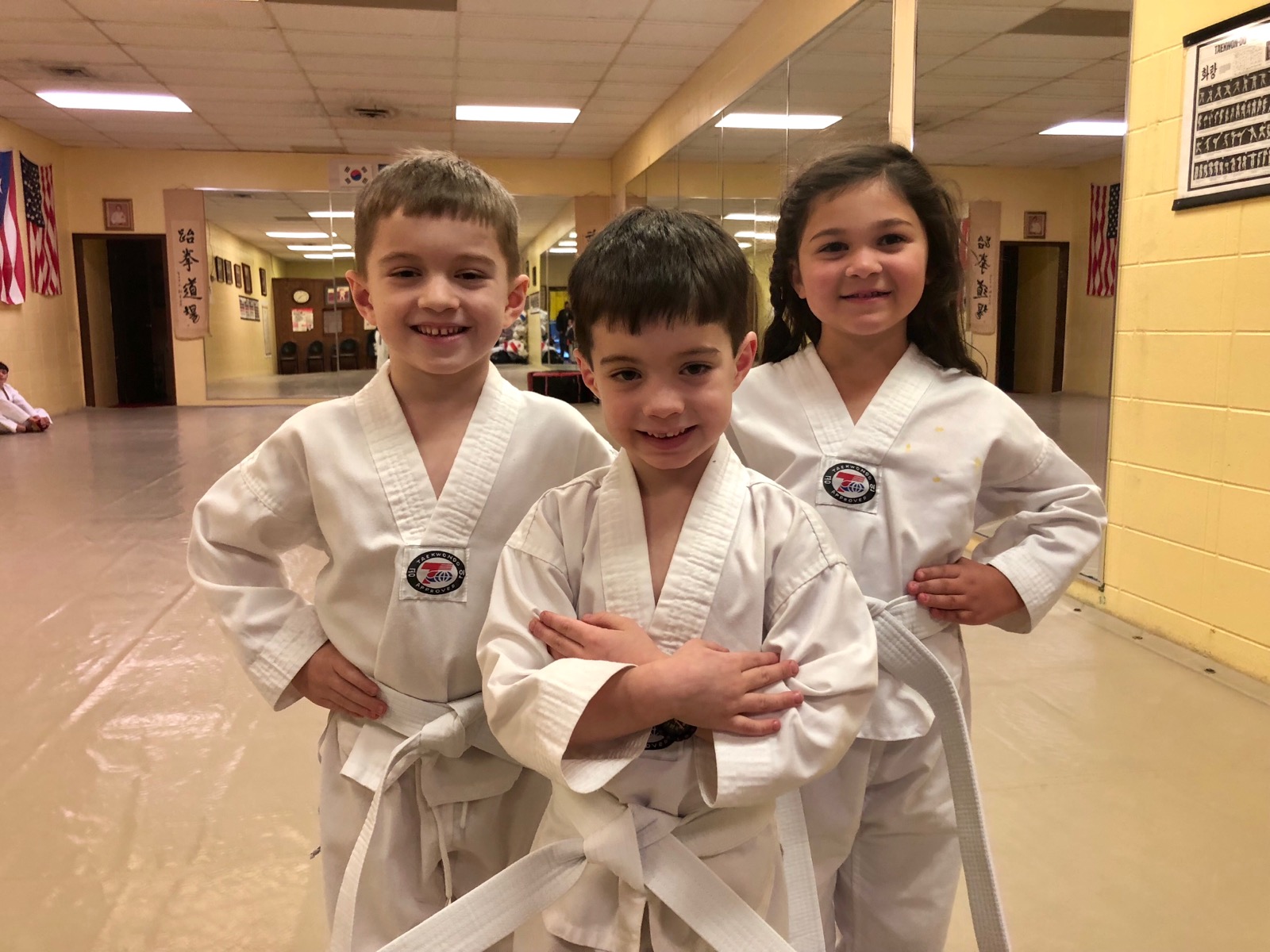What Martial Arts Can Offer Kids With Learning and Attention Issues
There are lots of reasons martial arts can be a good match for kids with learning and attention issues. Here are nine potential benefits:
- They focus on individual growth, not on team competition. Many kids with learning and attention issues struggle with the pressure of having to compete with other kids. So traditional sports may not appeal to them. But in martial arts, like Taekwondo and Karate, the focus is on self-improvement. There’s no “letting down the team.”
- They offer concrete, attainable goals. Some kids with learning and attention issues may feel like they never “win” at anything. In martial arts, kids work at their own pace. They’re awarded a different colored belt every time they reach a new skill level. This can boost self-esteem and keep them motivated.
- Routines are broken down into manageable chunks. A technique or form in martial arts can have dozens of different movements. But kids learn gradually, repeating and adding steps as they go. They learn to anticipate which step comes next and eventually put everything together into fluid movements. All of this gives working memory a workout, but in a way that kids may find manageable.
- They emphasize self-control and concentration. Attention is central to martial arts. Kids must stay focused to learn and to perform. When a child’s focus drifts, instructors will often ask them to take the “ready stance.” This position allows them to reset and ready themselves for what’s next.
- They can help with coordination. The deliberate, repetitive movements of martial arts can help kids develop a better feel for their body in space, which can be useful to kids who struggle with motor skills. This may also help some kids understand the power of the mind over the body, which some find to be valuable for kids with ADHD.
- They provide structure and clear expectations for behavior. Good martial arts instructors have clear rules and constantly reinforce them. They also emphasize good behavior in and out of class. Some even send kids home with behavior charts their parents must sign.
- They can provide a safe outlet for excess energy. Contrary to what some might expect, martial arts don’t encourage violent behavior. In fact, instructors often emphasize that fighting is a last resort. At the same time, kicking and karate chopping can allow kids to work out frustration or anger, while also practicing self-control.
- The environment is accepting and communal. Respect is a core value in martial arts. Students are expected to show it for their instructor and their peers. Negativity is generally not tolerated in class, and students are encouraged to support each other.
- They’re just plain cool! Kids with learning and attention issues can often feel awkward or socially out of the loop. But lots of kids think martial arts are cool. It’s hard not to feel special when you’re wearing martial arts gear and breaking boards in half.




